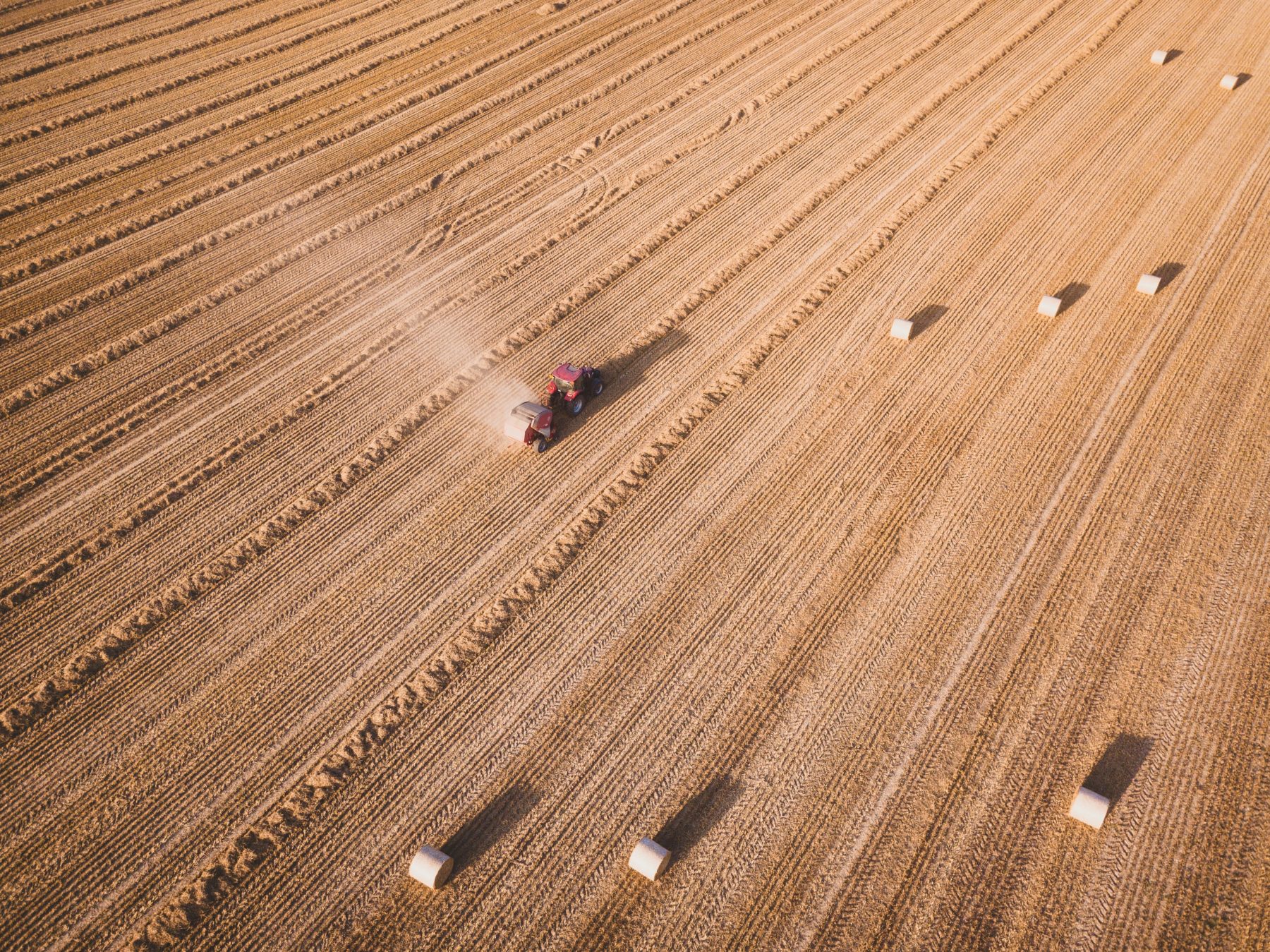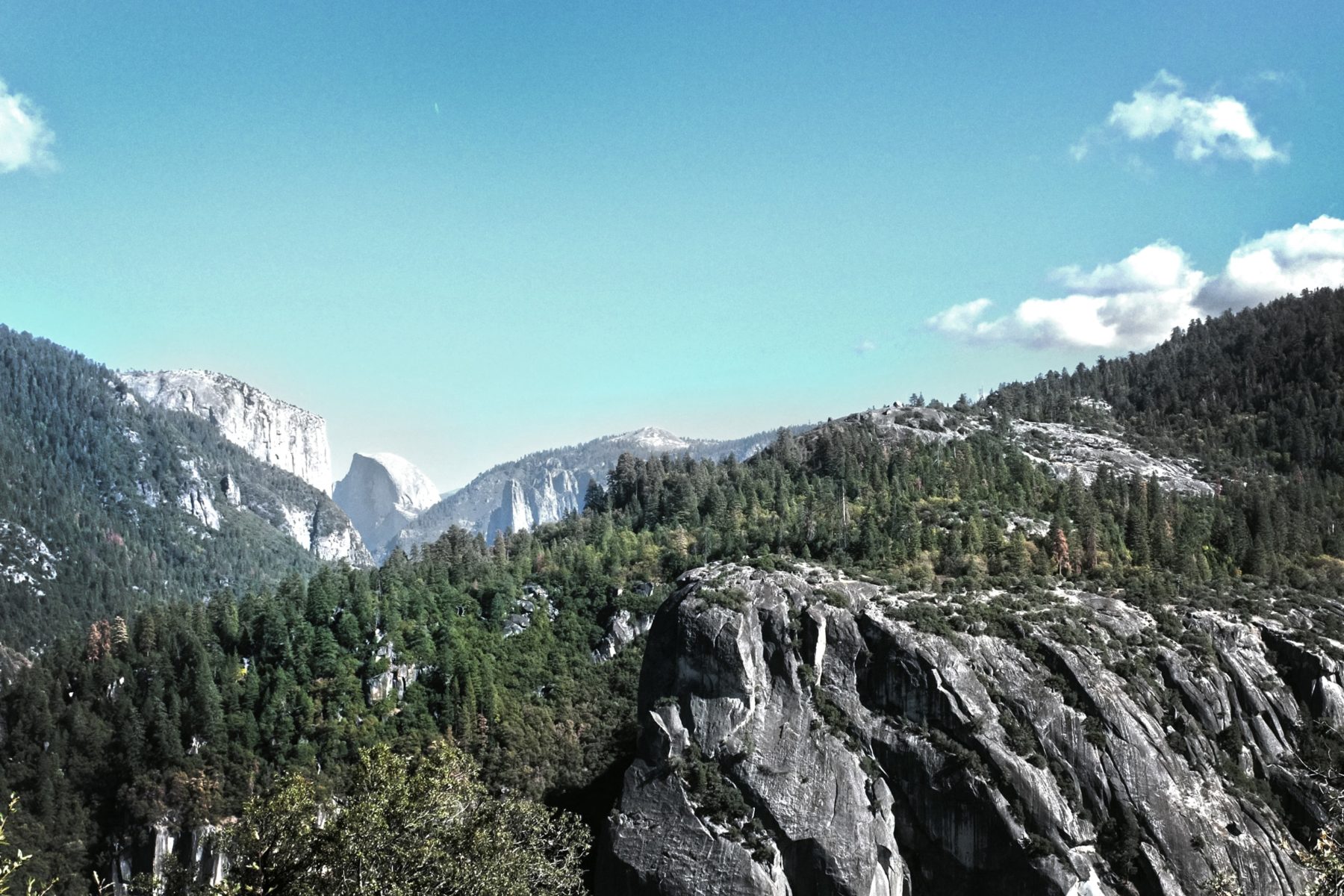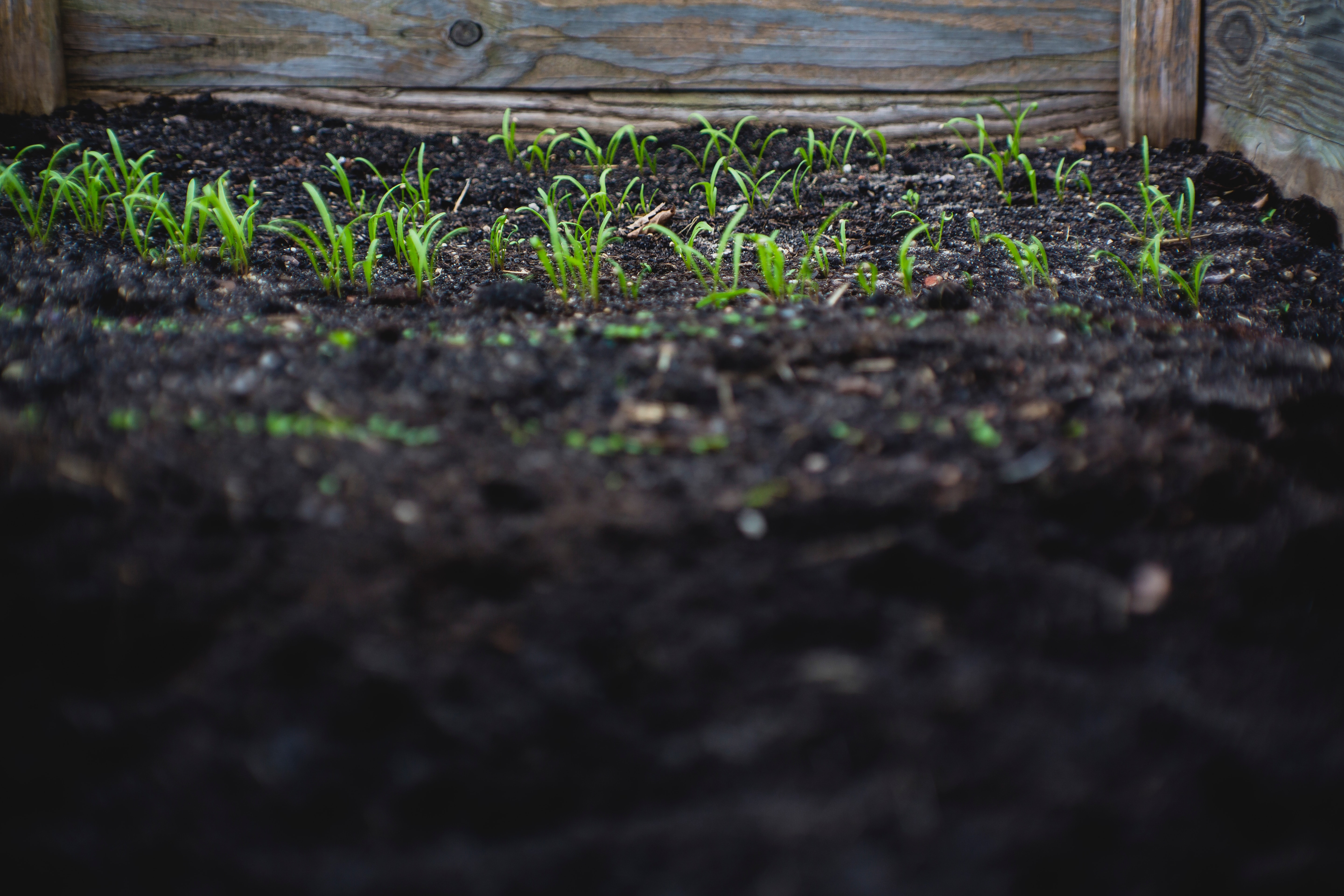Climate change is a very real threat. And with that threat comes harm to thousands of microorganisms living within our soil that work to keep the earth healthy.
When we think of climate change, we think of rising temperatures, damage to the world’s ozone layer and the extinction of many species. We don’t often think about what it could be doing to the ground beneath our feet.
But the reality is, there are a lot of changes happening underground that could be detrimental to the organisms living in the soil. And they could have catastrophic implications for our crops and livestock.
With climate change a real and serious threat, it’s time to take action and put efforts into researching why these changes are happening.
Hopefully, we can prevent further damage to the ecosystems that keep our world comfortable.

Dr Christina Birnbaum from Deakin University’s School of Life and Environmental Sciences believes this is an important place to start.
“Microorganisms are considered the unseen majority of the biosphere and put simply; they are the entire life support system of the Earth,” she says.
Latest research has shown that microorganisms play a key role in carbon and nutrient cycling, support the health and well-being of animals and plants, and very importantly, they play a central role in agriculture and global food production.
Scientists, like Dr Birnbaum, have come to a consensus that human activities and their effects on the climate will most definitely affect microbial biodiversity and activity.
This in turn will affect the resilience of all other organisms and thus affect their ability to respond to climate change.
The role of soil microorganisms
Soil microorganisms play a central role in regulating the amount of organic carbon that is stored in the soil and released back into the atmosphere.
Climate change is already affecting the diversity and activity of soil microorganisms in different biomes around the world, which will have an impact on carbon storage.

For example, some researchers have found that climate warming favoured soil fungal species that are better able to break down recalcitrant soil carbon in Alaskan boreal forest, which may reduce soil carbon storage.
“In Western Australia, a recent climate change-simulating study found that soil microbial functional groups, such as plant pathogens, increased while ericoid mycorrhizal fungi decreased.
“These play an important ecological role for Western Australian plants,” says Dr Birnbaum, lead author of the study.
There are a number of studies across the globe that show similar results suggesting that climate change will definitely alter the soil microbial diversity.
The effect on our crops
Higher temperatures and less precipitation will strongly affect the ability to grow crops.
Plants, including crops, rely on diverse soil fungi and bacteria for their growth. But climate change is predicted to reduce bacterial and fungal diversity and abundance, thus reducing the functions these microbial communities provide.
This limits their capacity to support plant growth.

Considering that the human population is growing rapidly and is expected to reach 9 billion by mid-century, our ability to grow an abundance of food is critical.
The World Bank (2008) reported that by 2050 the world will need 70-100% more food.
“However, soil health and the diversity of its microorganisms must be protected if we were to successfully continue growing crops for the increasing population on limited land area,” Dr Birnbaum says.
Is climate change killing the soil microorganisms?
“Soil biota is rather dynamic and given suitable conditions it can bounce somewhat back, such as after drought,” Dr Birnbaum says.
However, that doesn’t mean that microbes are 100% resilient to climate change.
“It is likely that microbes that are evolutionarily adjusted to a very specific environment will suffer the most, as in cooler alpine regions and other biomes that are predicted to be most impacted by climate change,” Dr Birnbaum says.

She explains that if these microbes serve a specific function in the ecosystem and there are plants that are uniquely associated with these microbial species, it will have detrimental effects on the survival of the plant.
“However, if the host organism is itself directly negatively impacted by climate change, this will have trickle down effects on its associated partner microbiome too.”
Can we prevent these changes?
“I do not think we can completely prevent these negative changes on soil from happening,” Dr Birnbaum explains.
“First, we need to really understand what we have got in terms of soil biodiversity.”
However, soil is still considered a ‘black box’ and there is a lot to discover.

Luckily, there are global efforts such as the Earth Microbiome Project (EMP) to better map and describe soil.
The EMP was created in 2010 as a crowd-sourced effort to analyse microbial communities across the globe.
The EMP is a systematic attempt to characterize the global microbial taxonomic and functional diversity for the benefit of the planet.
“This is a tremendously important effort that will help better understand global soil biodiversity and incorporate these data into climate change simulation models and predictions,” Dr Birnbaum says.



